LEVANTAMENTO DE PONTOS DE ALAGAMENTO NO MUNICÍPIO DE CURITIBA POR MONITORAMENTO DE MÍDIA
Introduction: Urban flooding has intensified in recent decades, emerging as one of the most critical environmental and social challenges facing Brazilian cities. In Curitiba, despite a well- established history of urban planning, recurrent flood events have caused material losses, disrupted mobility, and exposed territorial inequalities in stormwater infrastructure. The absence of a public, updated, and georeferenced mapping system for flood occurrences— combined with the limitations of official datasets—underscores the need for innovative methodologies for monitoring and spatial analysis. Aims: This study aimed to identify and map the main flood-prone locations in the municipality of Curitiba between 2020 and 2024 by applying digital media data mining techniques. Specifically, it sought to: (1) conduct an integrative literature review; (2) implement a standardized search string for the collection of media-reported flood data; (3) organize and georeference reported flood events; and (4) generate a thematic density map highlighting recurrent zones. Materials and methods: he research was structured into four stages. First, a literature review was conducted on urban flooding, risk management, citizen science, and data mining. Next, media records were collected using a Boolean-operator-based search string, with defined inclusion criteria focused on local and national digital media. Extracted data were systematized in spreadsheets and subsequently geocoded using QGIS and Google Maps API tools. The final stage involved the construction of heat maps and interpretive charts. Results: A total of 204 validated flood occurrences were identified in Curitiba, with the highest recurrence in the neighborhoods of Cidade Industrial, Tatuquara, Centro, Boqueirão, and Pinheirinho. Events were concentrated in the summer months, with a noticeable increase in frequency during 2020 and 2024. Spatial analysis revealed a strong correlation between flood recurrence and urban areas with high impervious surface coverage, valley bottoms, and proximity to rivers. Media sources proved to be effective in capturing events and demonstrated potential as complementary data for official databases. Final considerations: The study confirmed the feasibility of using media-reported flood data as a supporting tool for urban planning and hydrological risk management. The adopted approach enabled the development of a georeferenced empirical database with strong replicability potential. Incorporating citizen science practices and voluntary data emerged as a promising strategy to promote more rapid, inclusive, and territory-sensitive diagnoses, contributing to the formulation of more effective public policies in the face of climate change.
Keywords: Keywords: Urban flooding; Digital media; Citizen science; Georeferencing; Urban planning.
Para validarmos seu voto, por favor, preencha os campos abaixo. Alertamos que votos duplicados ou com CPF inválido não serão considerados.






